The real story behind the luxury of softness.
1. Let’s start with a simple truth
If you’ve ever held a genuine Pashmina shawl, you probably felt that whisper-soft texture that seems lighter than air. Then you flipped the price tag, and almost dropped it.
Why on earth does something so small and soft cost so much?
Well, there’s a reason behind every rupee (or dollar) you pay. Let’s break it down, no jargon, just the real story.
2. The rarest fiber in the world
Real Pashmina isn’t just any wool. It comes from a rare goat, the Changthangi goat, found high up in the Himalayan region of Nepal, and Tibet, where winter temperatures can dip below –30°C.
- Each goat produces only 80–150 grams of usable fiber per year.
- It takes wool from 3–4 goats to make just one shawl.
That’s not mass production, that’s pure scarcity. And in economics, scarcity equals value.
3. The labor of love
Every stage of making a Pashmina, from collecting the undercoat to spinning, weaving, and finishing, is done by hand. No fancy machines, no shortcuts.
Let’s see what that means:
- Combing, not shearing: The fine hair is gently combed from the goats during spring.
- Hand-spinning: Artisans (often women) use a wooden spindle called charkha. One mistake and the thread breaks.
- Weaving: A traditional handloom can take weeks to finish a single piece.
This is not just a product; it’s craftsmanship passed through generations. You’re paying for human skill, patience, and heritage, not just fabric.
4. The texture test
You can instantly tell real Pashmina from fake ones if you know what to look for:
- Genuine fiber thickness is just 12–16 microns (about 1/6th of human hair).
- The result? It’s incredibly warm yet feels feather-light.
Cheaper versions often mix it with silk or viscose to mimic the softness, but they lose that natural warmth and cloud-like texture. True Pashmina doesn’t sparkle; it glows softly.
5. Geographic challenges
The goats live at 12,000–15,000 feet above sea level. That means:
- Harsh terrain
- Limited accessibility
- Seasonal production (only spring combing)
Transporting raw wool from remote Himalayan villages to city workshops adds cost, and so do government export duties, artisan wages, and quality certifications.
6. The journey from mountain to marketplace
Every authentic Pashmina goes through a long and careful journey, from the high-altitude herders to skilled spinners, weavers, dyers, and finally the boutique shelves where it finds admirers around the world.
Each stage adds its own layer of care, creativity, and craftsmanship:
- Herders carefully collect the soft undercoat.
- Spinners and weavers transform it into fine fabric by hand.
- Designers and brands help bring that tradition to global audiences.
This chain doesn’t just add cost — it adds value.
It connects mountain communities to the modern luxury world, ensuring that the centuries-old artistry of Himalayan craftsmanship continues to thrive and reach people who truly appreciate it.
7. Cultural value and global demand
Pashmina isn’t just a fashion accessory, it’s a symbol of luxury and heritage. In the Mughal era, emperors gifted it as a sign of nobility. Today, global brands sell authentic Pashmina scarves for $200 to $1000+ in high-end boutiques across Europe and the U.S.
With such global recognition, the demand for authentic handmade Pashmina remains high, even if supply stays limited.
8. Quick recap, Why Pashmina is Expensive
Let’s put it all together:
- Rare Himalayan goats (tiny fiber yield)
- 100% hand-made craftsmanship
- Labor-intensive spinning & weaving
- Difficult mountain logistics
- Multi-layered supply chain
- High global luxury demand
When you add all that up, the price suddenly makes sense.
9. So, what should you take away from this?
The next time you touch a genuine Pashmina, remember, you’re holding a piece of the Himalayas, crafted by hands that have kept this tradition alive for centuries.
Instead of thinking “expensive,” think “valuable.”
And if you ever plan to buy one:
- Check for GI (Geographical Indication) tags or certifications.
- Support brands that source directly from artisans, it keeps the craft alive and fair.
10. Final thought
Pashmina isn’t just a product; it’s a story of nature, skill, and culture woven together.
Its price reflects not just its rarity, but also the human effort and centuries of tradition behind it.
So yes, it’s costly, but maybe that’s exactly what makes it priceless.

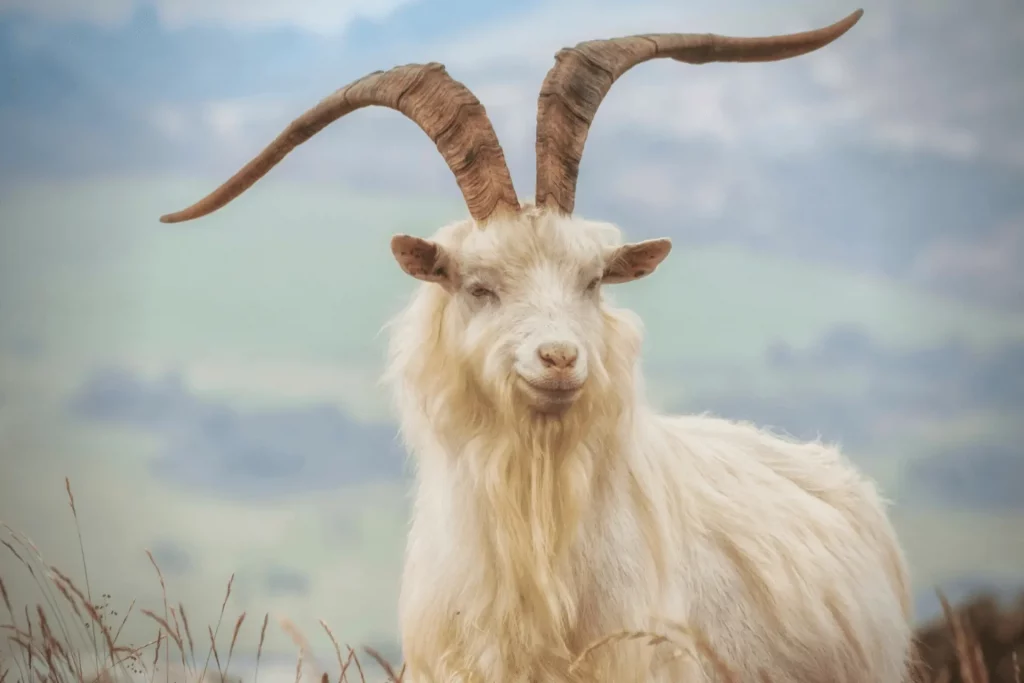
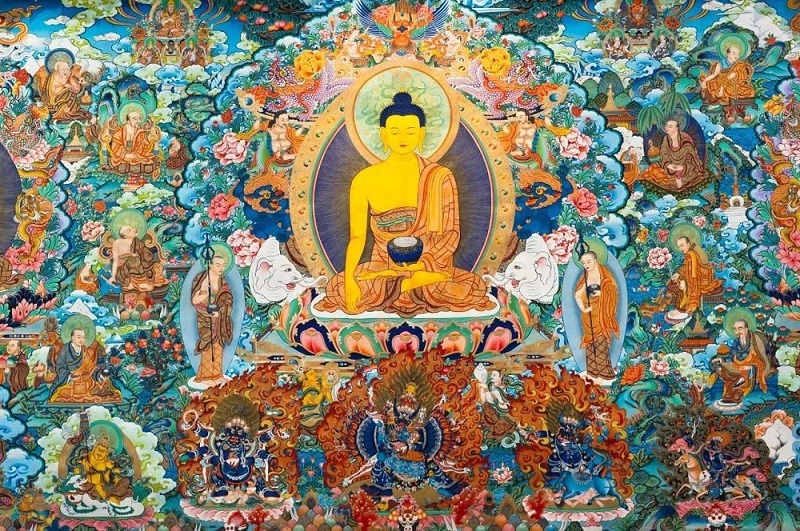
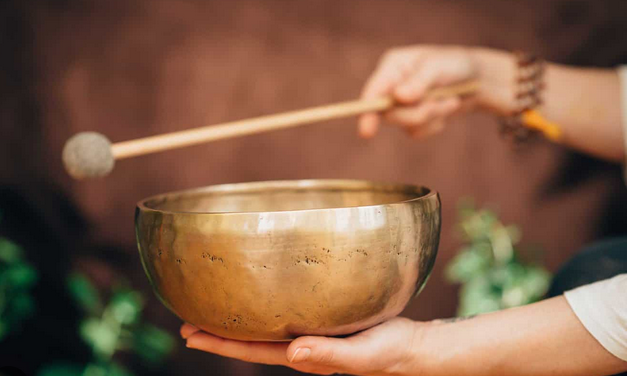
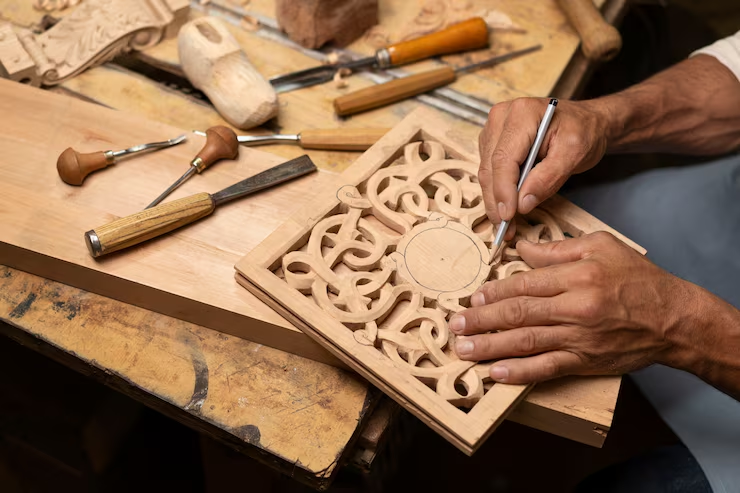
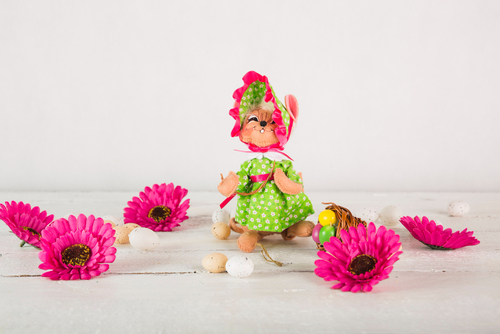
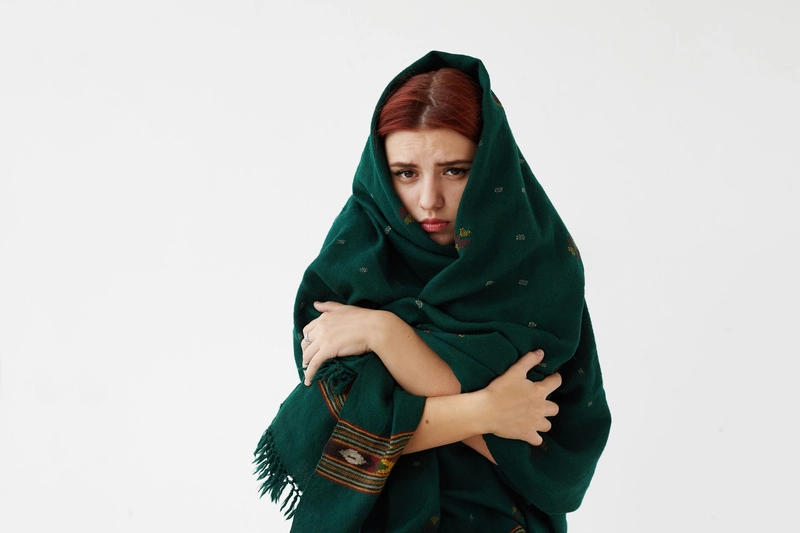
Leave a comment